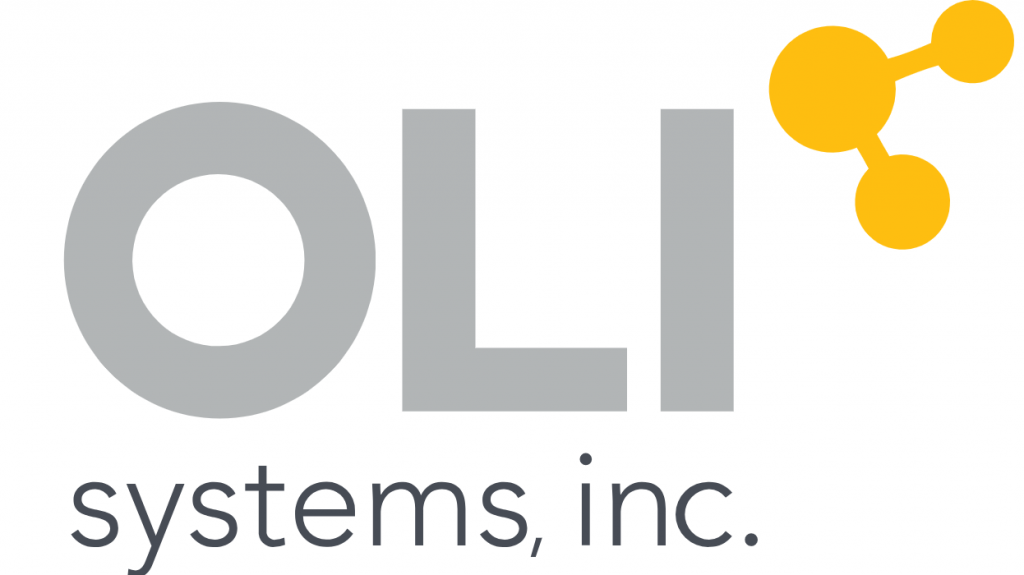OLI Systems developing predictive model for geothermal scaling and corrosion

OLI Systems has been awarded a grant by the US Department of Energy for a project that aims to predict corrosion and scaling in geothermal energy production.
OLI Systems, a New Jersey-based company specializing in process modeling for electrolyte chemistry applications, has been awarded a USD 1.1 million grant under the U.S. Department of Energy’s Small Business Innovation Research (SBIR) program for advanced process simulation that aims to help in mitigating corrosion and mineral scaling in geothermal energy production.
Geothermal environments can be extremely corrosive making corrosion management critical to asset performance and operations efficiency. Mineral scaling from geothermal fluids is another major obstacle, fouling devices, wells, and aquifers.
This project addresses the lack of a rigorous, predictive tool to mitigate scaling and corrosion risk in geothermal energy production with a fully physics-based model and software-based solutions to lower the cost of geothermal systems.
In Phase I of this project, the OLI Mixed Solvent Electrolyte (MSE) corrosion model was used to predict electrochemical kinetics and localized corrosion with limited experimental validation to demonstrate the feasibility of the approach.
In Phase II, the corrosion model will be further extended with experimental data to include a variety of environments representative of Enhanced Geothermal Systems and additional alloys that would be representative of the broadest range of Corrosion Resistant Alloys likely to be used in geothermal applications. The existing OLI MSE thermodynamic model will be enhanced to predict the formation of mineral scales that may occur in various crystalline and amorphous forms of carbonates, sulfates, silicates, and sulfides up to high salinity conditions.
The model will be incorporated in future versions of both the OLI Cloud Platform to enable real-time monitoring and process automation as well as the Windows platform. These new capabilities will enable accurate estimation of technical and financial risk for geothermal energy production.
Broader benefits of the project will include the ability to model electrochemical kinetics in systems involved in energy storage and metal separation applications.
Source: OLI Systems and U.S. DOE